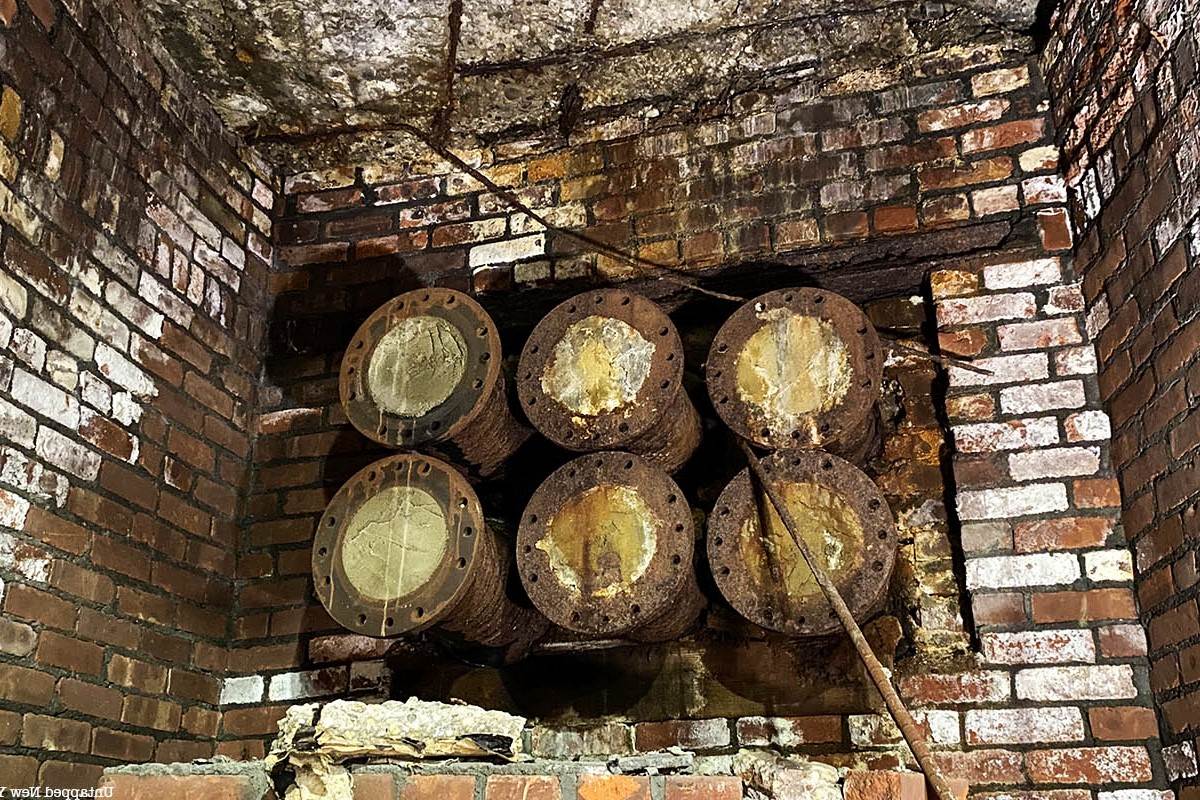Hidden Pneumatic Tube Mail Systems Of New York

Have you ever wondered about the hidden pneumatic tube mail systems of New York? These fascinating networks once crisscrossed the city, delivering letters and packages at lightning speed. Imagine sending a letter from one part of Manhattan to another in just minutes. These tubes, powered by air pressure, were the backbone of New York's communication system in the early 20th century. Though no longer in use, remnants of these systems still exist, tucked away in forgotten corners of old buildings. Join us as we uncover the history, mechanics, and legacy of New York's pneumatic tube mail systems.
The Forgotten Network Beneath New York
Beneath the bustling streets of New York lies a hidden network that once revolutionized communication. The pneumatic tube mail system was an intricate web of tubes that transported mail and small packages across the city at lightning speed. Though now defunct, remnants of this fascinating system still exist, waiting to be discovered.
1. The Grand Central Terminal
Grand Central Terminal isn't just a hub for trains. Deep within its walls, remnants of the pneumatic tube system can still be found. These tubes once connected the terminal to various post offices, ensuring swift delivery of mail.
2. The Old New York Post Office
The old New York Post Office, now known as the James A. Farley Building, played a crucial role in the pneumatic tube network. Hidden within its walls are the remains of the tubes that once carried mail to and from this iconic building.
3. The Woolworth Building
The Woolworth Building, one of New York's early skyscrapers, housed a pneumatic tube station. This station connected the building to other parts of the city, allowing for quick communication between offices.
4. The Brooklyn Borough Hall
Brooklyn Borough Hall also had its own pneumatic tube system. This system connected the borough hall to various post offices in Brooklyn, making mail delivery efficient and fast.
5. The New York Public Library
The New York Public Library's main branch on Fifth Avenue was part of the pneumatic tube network. The tubes here connected the library to other key locations, facilitating the rapid exchange of documents and books.
6. The Metropolitan Life Insurance Company Tower
The Metropolitan Life Insurance Company Tower, once the tallest building in the world, had its own pneumatic tube system. This system connected the tower to other important buildings in the city, ensuring swift communication.
7. The City Hall
New York City Hall also featured a pneumatic tube system. This network connected City Hall to various municipal buildings, allowing for quick and efficient communication between city officials.
8. The American Surety Building
The American Surety Building, another early skyscraper, was part of the pneumatic tube network. The tubes here connected the building to other financial institutions, facilitating rapid communication in the financial district.
9. The New York Times Building
The New York Times Building on 42nd Street had its own pneumatic tube system. This system connected the building to other media outlets, ensuring the swift exchange of news and information.
10. The Singer Building
The Singer Building, once the tallest building in the world, also had a pneumatic tube system. This network connected the building to other key locations, making communication quick and efficient.
11. The Equitable Building
The Equitable Building, an early skyscraper in the financial district, featured a pneumatic tube system. This system connected the building to other financial institutions, ensuring rapid communication.
12. The Standard Oil Building
The Standard Oil Building, another key location in the financial district, had its own pneumatic tube system. This network connected the building to other important locations, facilitating quick communication.
13. The Woolworth Building
The Woolworth Building, one of New York's early skyscrapers, housed a pneumatic tube station. This station connected the building to other parts of the city, allowing for quick communication between offices.
14. The New York Stock Exchange
The New York Stock Exchange, the heart of the financial district, had its own pneumatic tube system. This network connected the exchange to other financial institutions, ensuring rapid communication.
15. The Metropolitan Museum of Art
The Metropolitan Museum of Art also had a pneumatic tube system. This network connected the museum to other cultural institutions, facilitating the swift exchange of documents and artifacts.
The Legacy of New York's Pneumatic Tube Mail Systems
New York's pneumatic tube mail systems were once a marvel of engineering. They connected the city in ways that seemed futuristic at the time. These tubes, hidden beneath the bustling streets, played a crucial role in speeding up communication. While they are no longer in use, their impact on the city's infrastructure and history is undeniable.
Today, remnants of these systems can still be found if you know where to look. They serve as a reminder of a time when innovation was pushing boundaries. Exploring these hidden gems offers a unique glimpse into New York's past. Whether you're a history buff or just curious, the story of these tubes is fascinating.
Next time you're in New York, think about the hidden network that once pulsed beneath your feet. It's a piece of history worth remembering.

